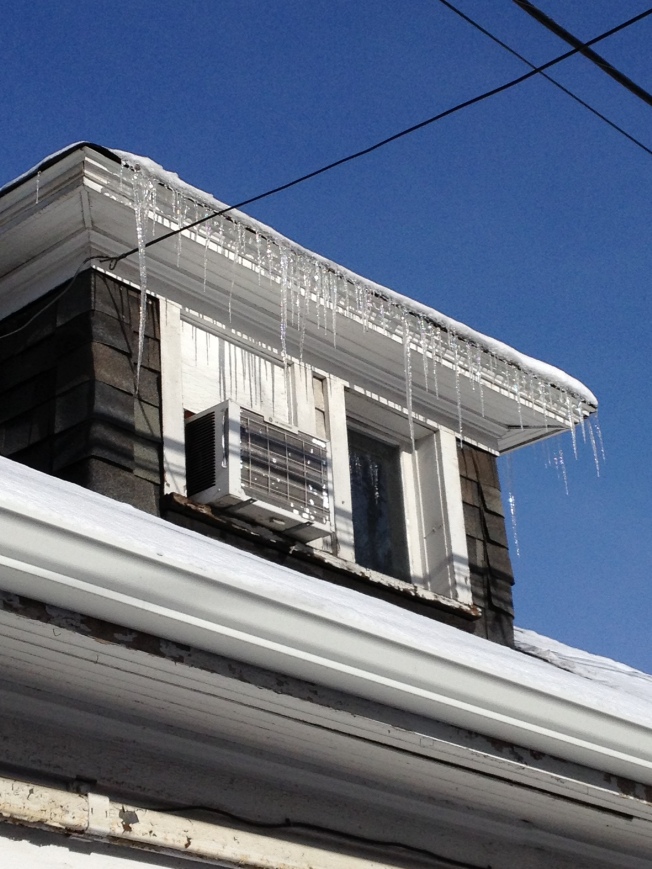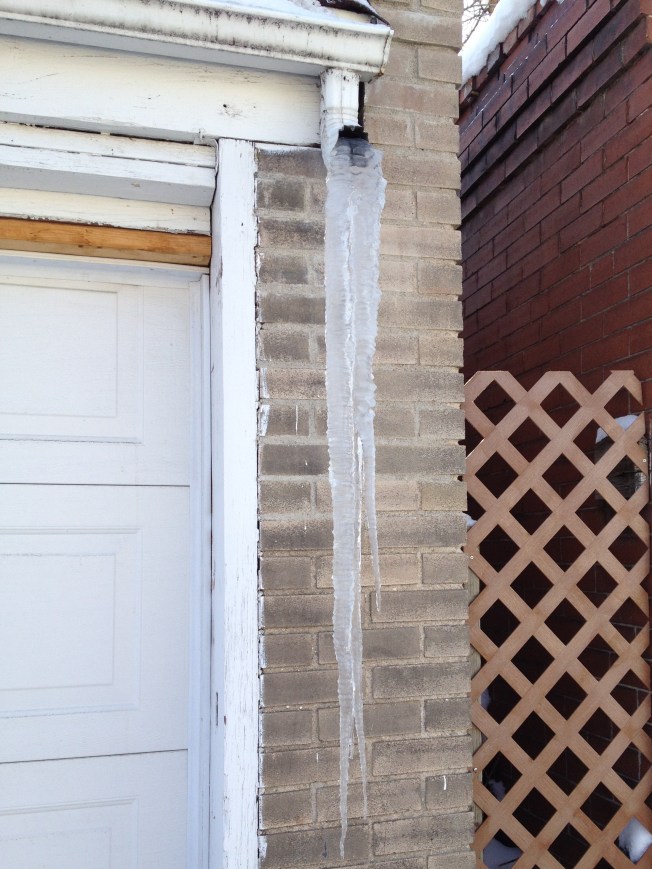There’s an apartment building under construction near my office. The building’s marketing materials tout “Green Features” such as energy-efficient windows, low-e glazing, and energy-efficient lighting. That’s good, that’s all good.
But for some unknown reason, the juncture of the building wrap and those energy-efficient windows has been constructed using an inexpensive and outdated technique that does not produce an air-tight seal. In other words, those window units themselves may be energy-efficient, but the parts of the building enclosure that include those windows are likely to let hot air in during the summer and let warm air out during the winter. Not energy-efficient.
So, here’s some stuff I’ve said before, but am saying again:
Construction industry professionals cannot become “green skilled” without first becoming generally skilled. Being generally experienced in one’s field is a prerequisite to being “green” experienced.
A person without considerable experience in general architecture, engineering, or construction cannot be an effective “green skilled” employee for an architecture, engineering, or construction firm.
“Green” design and construction skills are icing on a cake made up of plain old experience and hard work. That icing cannot stand up by itself. You can’t just learn “green” design and construction skills and not bother with general design and construction skills.
Without an understanding of basic building technology, we can’t contribute much to green building initiatives.
Just as the IgCC (International Green Construction Code) is an overlay to the other ICC codes (such as the International Building Code), green building technology does not replace, but enhances, basic building technology.
A building that has green features such as energy-efficient windows, but that does not meet current standards for basic construction of the building envelope, is not a green building.
Yes, I contacted someone who might be able to do something about that weird window/building wrap juncture. He confirmed that it’s weird – informed me that it’s outdated, and also informed me that that installation is likely to void the building wrap’s warranty. I hope it can be fixed. I really, really care about buildings.



